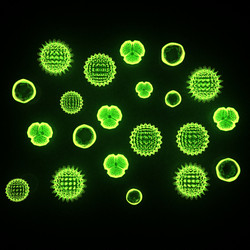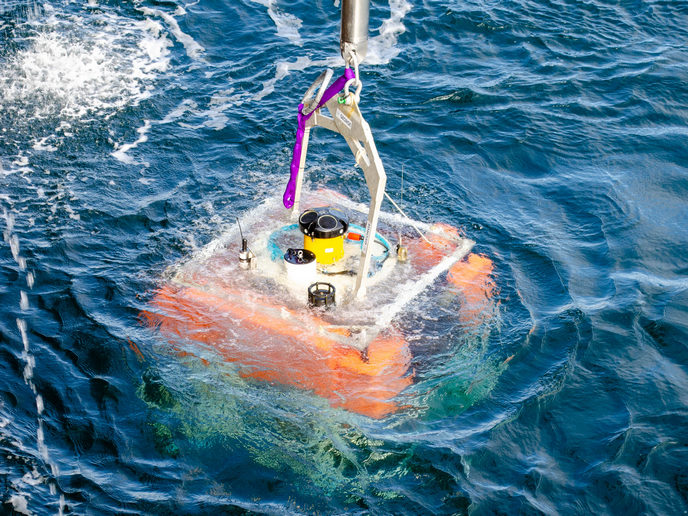A new device to size up ocean particles
Marine particle size influences a number of physical, chemical and biological processes, such as settling, aggregation and remineralisation. These processes are important because they influence the transfer of organic matter from the ocean surface to the ocean floor. Size distribution of particles is not routinely measured in the open ocean, mainly because there are no instruments that can do so. The EU-funded LAC (Liquid-aperture Coulter counter for sizing oceanic particles and phytoplankton) project aimed to develop an instrument to measure marine particle sizes, from phytoplankton all the way down to nanometre-scale objects. LAC has created a number of prototypes that use microfluidics to rapidly measure particle sizes. Other prototypes also measure particle concentration, as well as chlorophyll fluorescence (which is a way to measure phytoplankton in a sample). The instrument was tested in the laboratory as well as in the open ocean, and works as expected. Following these tests, researchers returned to the laboratory to increase the sensitivity of the device. Data generated by the instrument will be used to better understand the open ocean carbon cycle and increase scientists' knowledge of nanoscopic marine particles.







